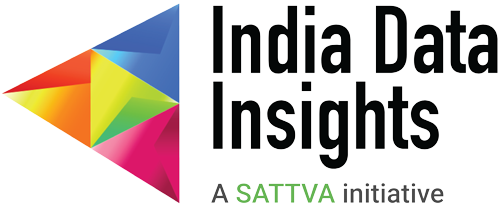Empowering India’s Nutritional Future: The Role of Anganwadi Services
Empowering India’s Nutritional Future: The Role of Anganwadi Services
Published on :- October 9th, 2023
India observes National Nutrition Week from September 1 to 7 every year, and this year, we are focusing on the “Healthy Diet, Going Affordable for All”. The primary objective of this annual event is to raise awareness around the importance of nutrition for health, which impacts development, productivity, economic growth and, ultimately, National development.
National Nutrition Week is hosted by ‘The Food and Nutrition Board of the Ministry of Women & Child Development’ (MWCD). To commemorate this event, in this edition of IDI’s Data Dialogue, we explore the ‘Anganwadi Services’, a vital component of India’s efforts to improve early childhood care and nutrition support to pregnant and lactating mothers.
Anganwadi ServicesAnganwadi Services falls under the umbrella of Integrated Child Development Services (ICDS), one of the flagship programmes of the Government of India. It represents one of the world’s largest and unique early childhood care and development programs.
The scheme was launched in 1975, discontinued in 1978 by the government, and then relaunched by the Tenth Five-Year Plan (2002-07).
The ICDS scheme offers a package of the six following services:
For better governance in the scheme's delivery and to ensure a significant impact on all the related services of ICDS - Anganwadi centers (AWCs) were created as a platform to provide all the services under a single umbrella. Anganwadi workers execute the services with the help of Anganwadi helpers and supervisors.
Anganwadi centers (AWCs)
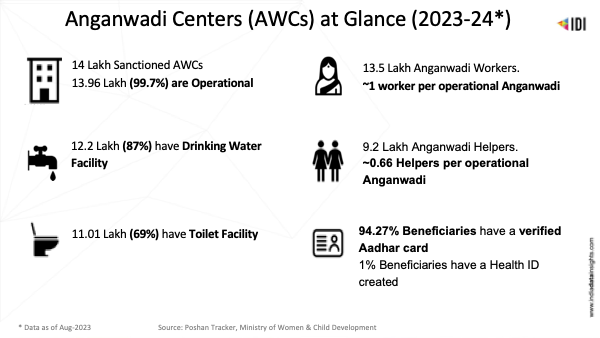
As of August 2023, ~13.96 lakh AWCs operate across India, with a staff of 13.5 lakh Anganwadi workers and 9.2 lakh helpers.
As per the latest NFHS 5 survey (2019-21), more than 1/3rd (~67.5%) of children in the age group of 0-6 years availed ICDS services. 62.1% received food supplements, 53.2% received immunisations, and 56.5% received health check-ups.
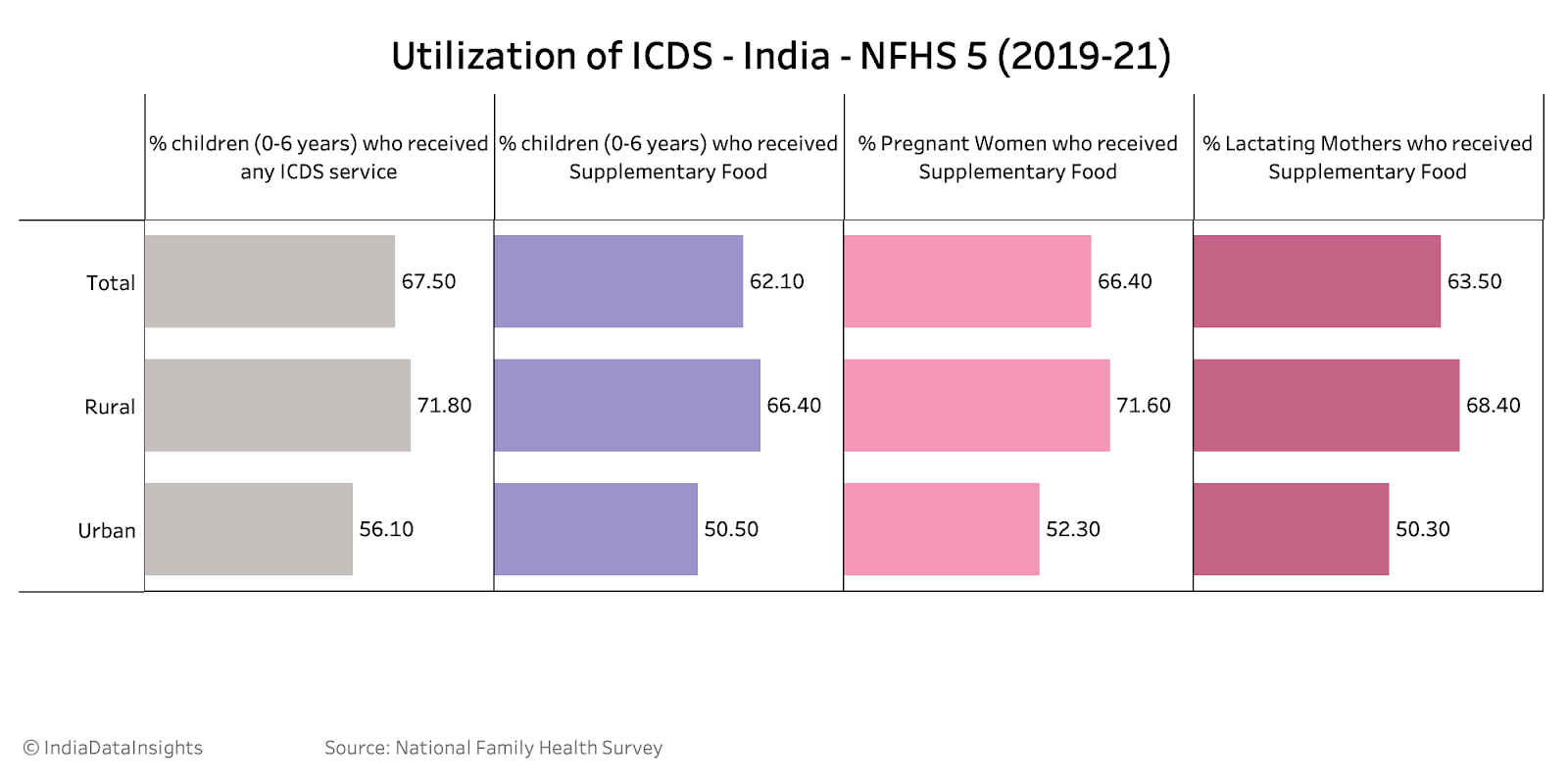
While only half of the eligible population (children, pregnant women and lactating mothers) availed the supplementary food in Urban areas, more than 2/3rd of the eligible population availed this service in Rural areas.

Among the states, a large percentage of the eligible population in the southern and central states and some in eastern regions such as Odisha and Jharkhand, availed the supplementary food services from ICDS.
As per the latest National Family Health Survey (NFHS 5), ~52% of pregnant women and ~67% of young children in India are anaemic, making them vulnerable to multiple malnutrition and health issues.
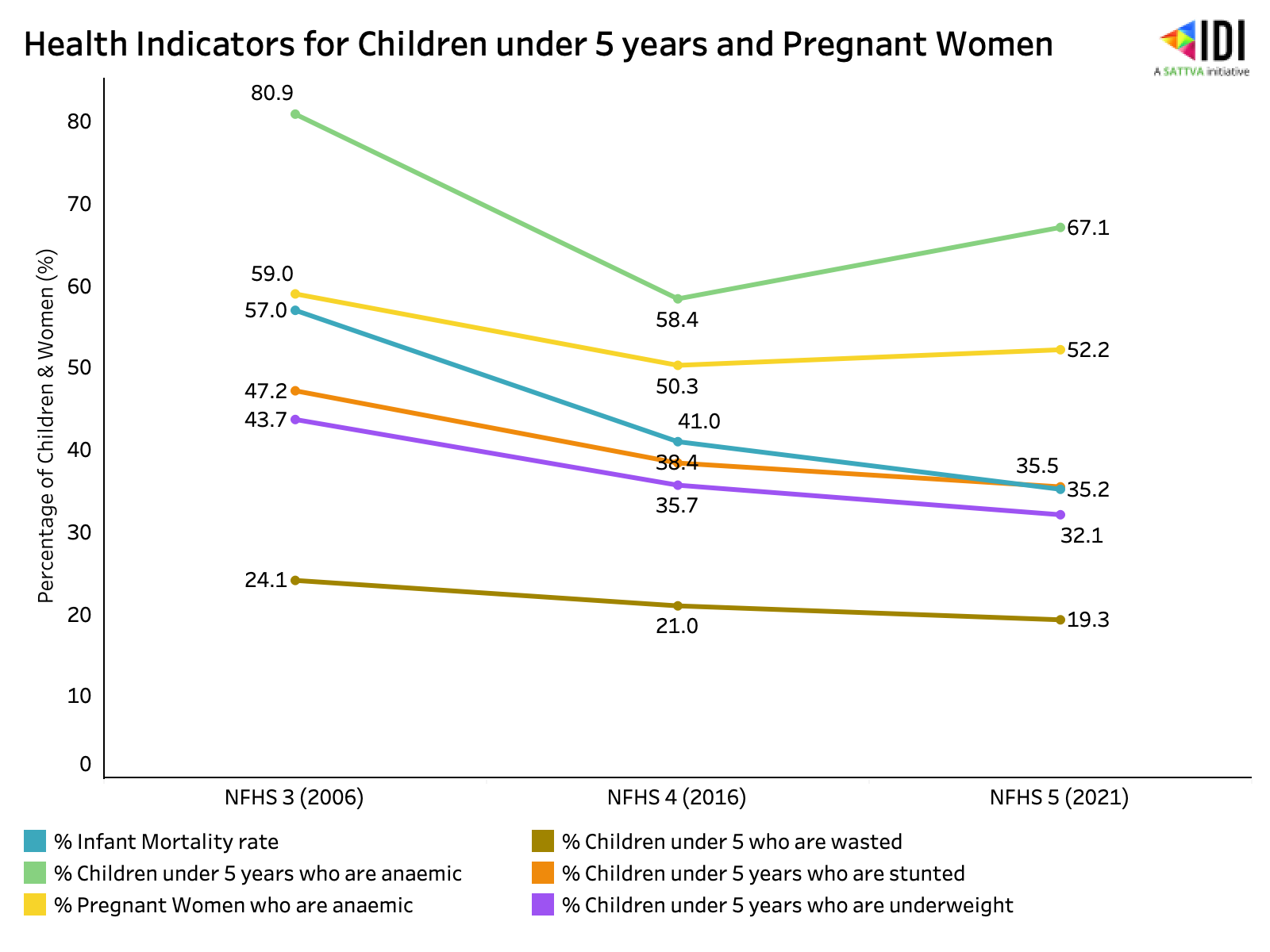
While improvements are seen in infant mortality rate and other vital child health indicators, anaemia in children and pregnant women is still a concern.
The Supplementary Nutrition Program (SNP) plays a vital role in curbing the increase in these numbers.
BeneficiariesAs of August 2023, there are ~10 Crores of eligible beneficiaries of the Supplementary Nutrition Programme (SNP). 88% of these beneficiaries are children between the age 0-6 years, and 12% are pregnant and lactating women - an average of 70 beneficiaries per Anganwadi Center.
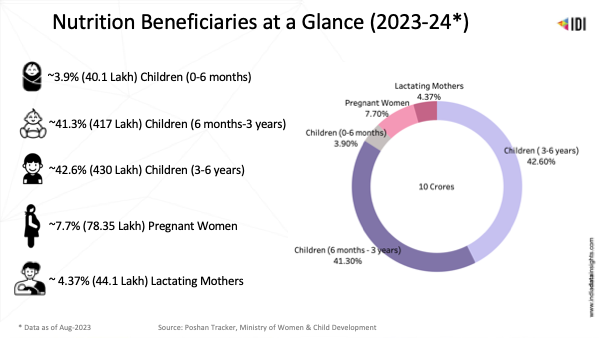
In March 2022, the SNP program had ~950 Lakh beneficiaries. 81% of these were children across ages six months to 6 years. The total number of SNP beneficiaries has increased by more than 150% in the last two decades. During the same period, while the children beneficiaries have more than doubled, Pregnant and Lactating mothers beneficiaries have increased threefold.
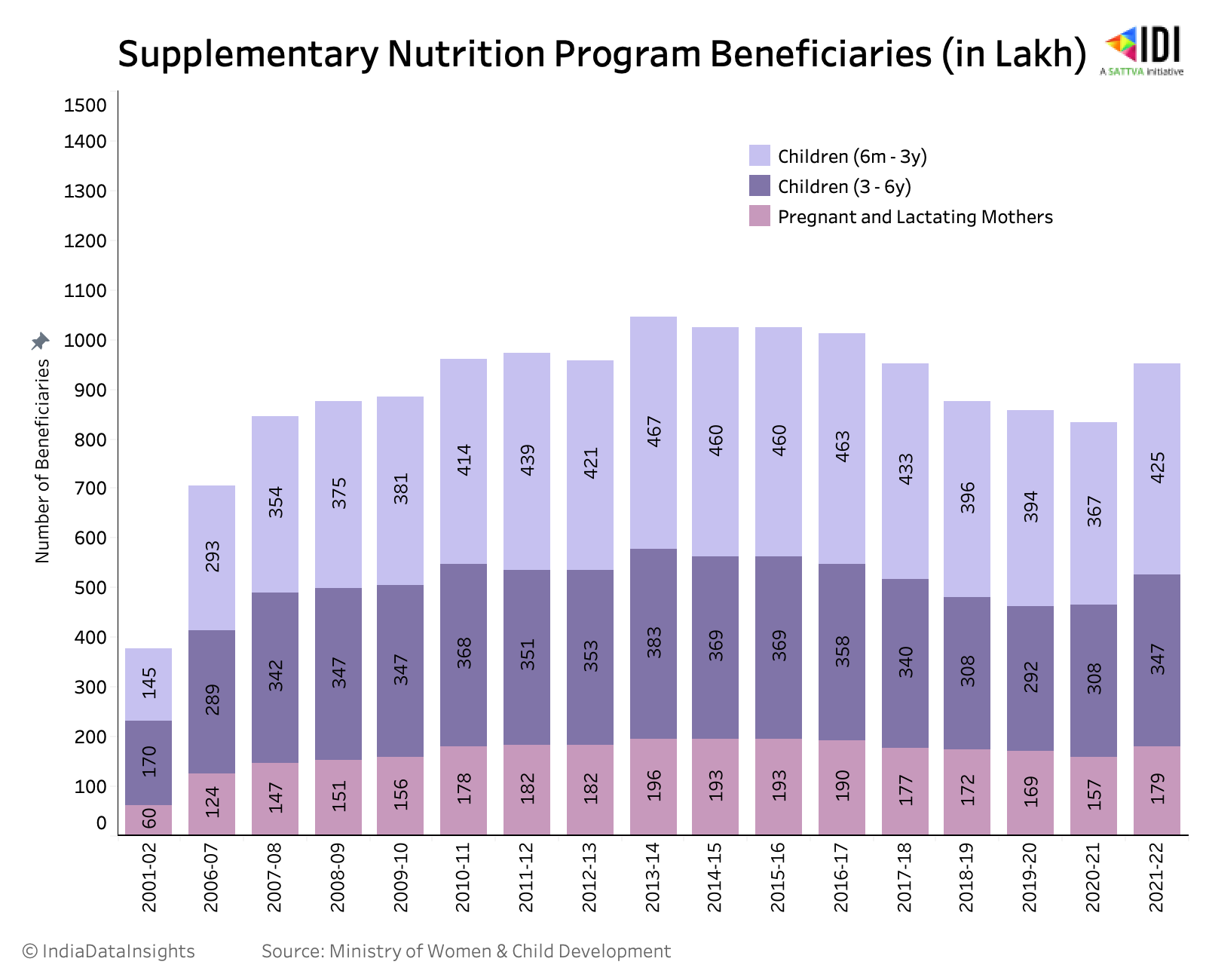
Another flagship service of the Anganwadi Service is non-formal preschool education. Pre-school education (PSE) in Integrated Child Development Services (ICDS) programmes emphasises providing children ages three to six with a natural, enjoyable, and stimulating environment while highlighting the necessary inputs for optimum growth and development.
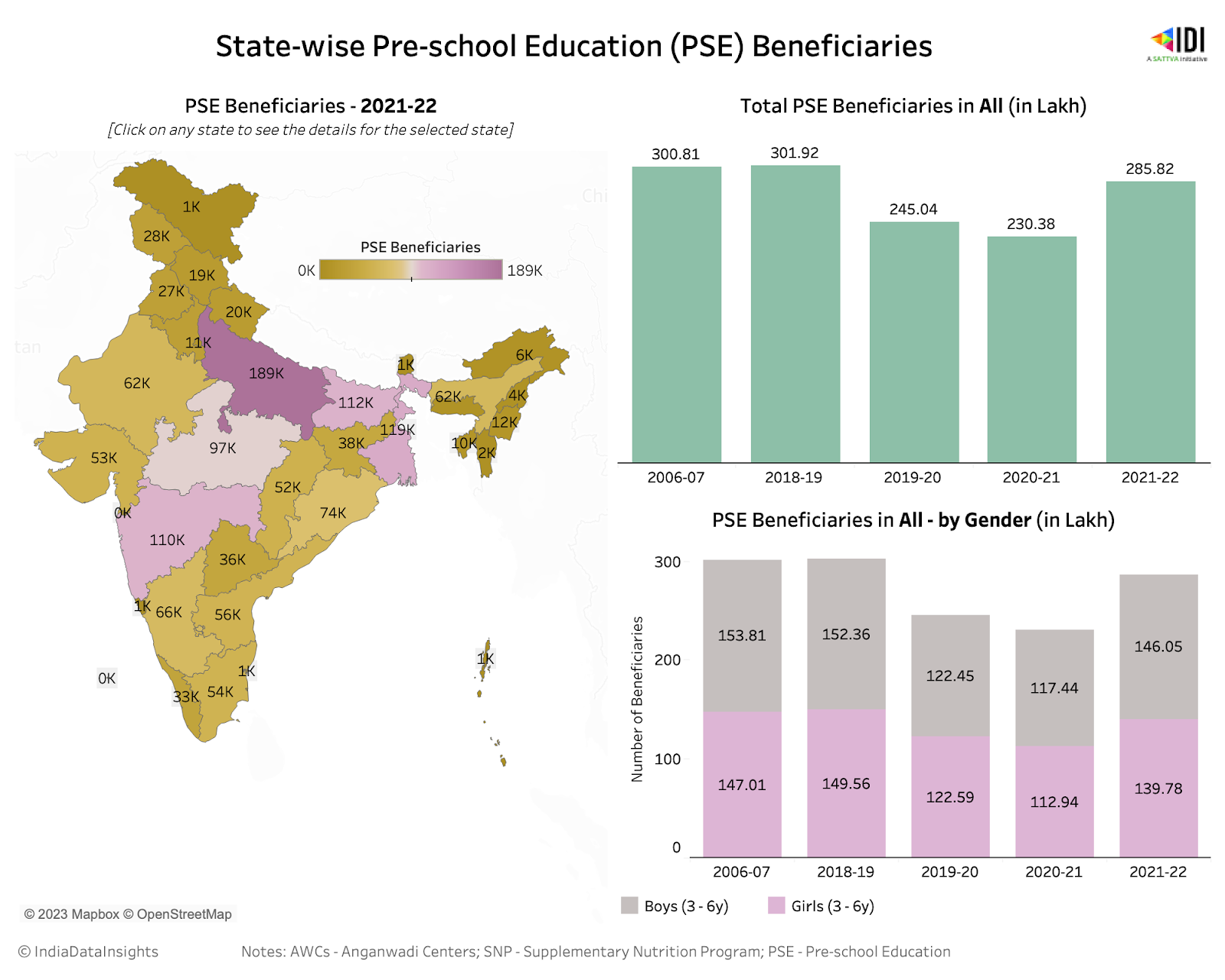
As of March 2022, more than 285 Lakh children benefited from this service, an increase of 24% from the preceding year. The recent ratio of female beneficiaries to male beneficiaries for PSE is 0.95:1.
Due to its importance, for the last three years, more than 80% of the MWCD budget is allocated to 'Saksham Anganwadi and Poshan 2.0' programme. In FY 2023-24, 81% (INR 20,554 Crore) of MWCD budget was allocated for this programme. During the last six years, the budget for this initiative has increased by ~26%.
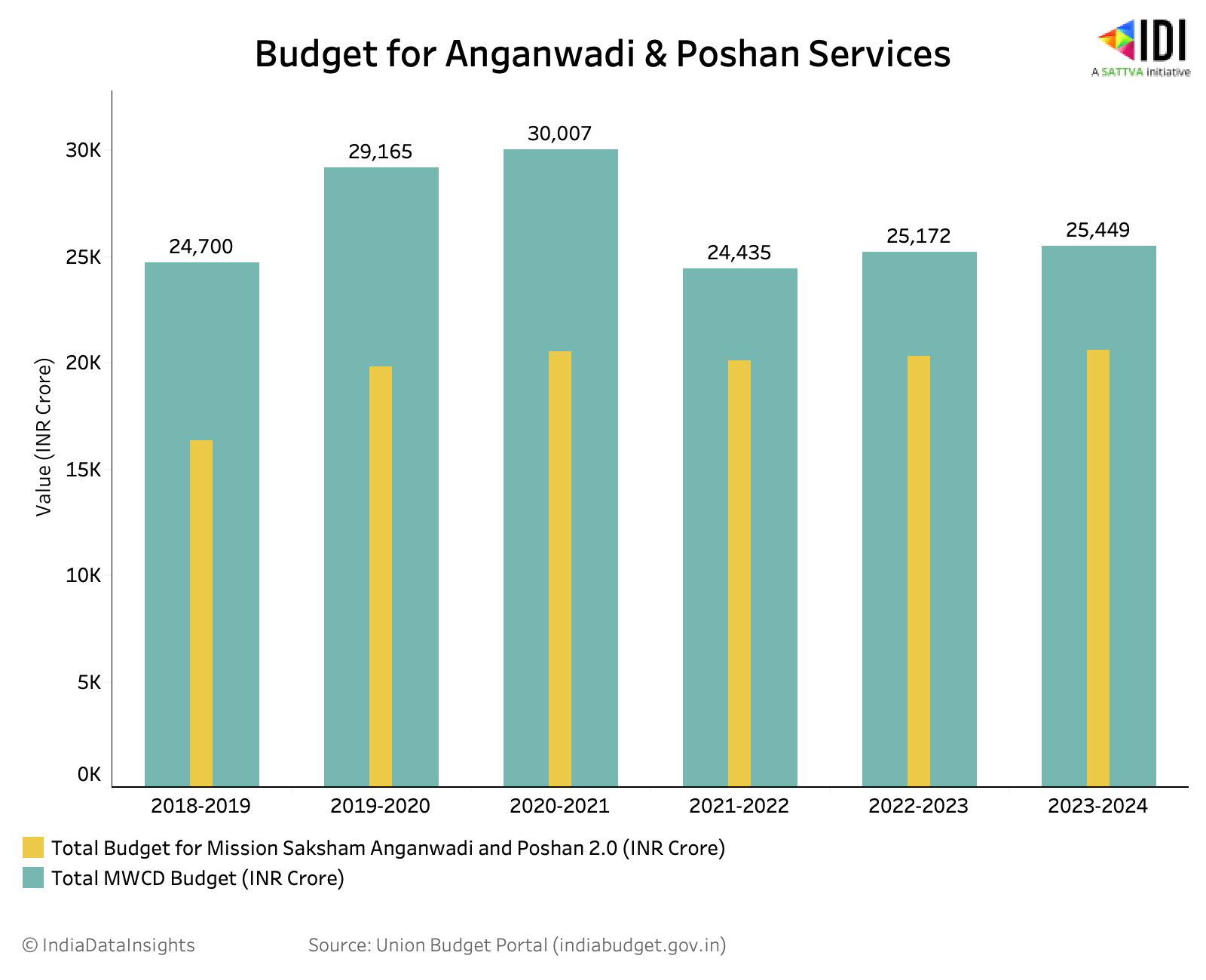
Poor nutrition and health prevalence, particularly among women and young children, have troubled India for decades. Anganwadi and Poshan services under ICDS have been critical initiatives to improve children's nutrition and overall development from an early age.
While the impact has been significant, Can Anganwadi’s averaging one worker per centre sustainably cater to 70 SNP beneficiaries?
What changes would be most effective in helping India achieve its goals? Can larger budgets for this programme help India achieve its nutrition goals? Would greater attention and improvement to this programme model help our women and children get healthier?
To explore the data or more detailed insights, explore our assets on Anganwadi services.
